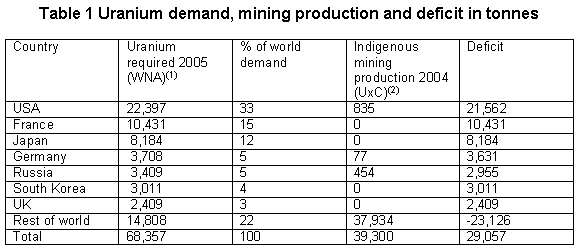Mobility
In 2004 we were on holiday in Main Beach, Surfers’ Paradise. We stayed in a 22nd-floor apartment belonging to a relative. It was situated between the roads used for the Gold Coast Indy 300 car races, the spectator stand lying empty from the previous October’s race. From the balcony we saw helicopters and jet skis plying up and down the coast in a seemingly nihilistic fashion, but all this activity was eclipsed by a constant stream of normal traffic on the roads that had a few weeks before constituted the Indy track. The harbour was full of motor yachts. Perhaps the well-heeled owners could afford to keep big diesel tanks full, but most were using their boats as moored verandahs, watching the young stretch their legs on the end of a bungee rope attached to the boom of a crane on the opposite shore.
A bus picked us up at the door of the apartment block to take us to the Hinterland hills to experience the fabulous Mount Warning viewpoint and on to the tourist traps of wine and exotic fruit tasting. We returned to the busy roads that run parallel to Surfers’ Paradise beach, a stark contrast to the tranquillity of the Hinterland. I mused about the fate of Surfers’ when the mobility of the oil age has ebbed from the golden sands.
Back in the UK, on my website, I offer a plan for the UK to survive the 21st century, the century when the world’s oil, then its gas and most of the coal, will require more energy to recover than it yields and will be left in the ground. I do not have the temerity to offer a solution for Australia: there are many with local knowledge equal to the challenge, but I will comment on your uranium, some of which may end up in the UK, as Britain has no mines to feed its nuclear power stations and where a powerful industry lobby is talking up a nuclear “renaissance”.
Advertisement
“Stranded” gas
According to the BP Statistical Review 2005, Australia has reserves of 2,460 billion cubic metres (bcm) of natural gas, from which it produces 35.2 bcm annually: it consumes 24.5 bcm and exports 30 per cent of the production. If all the gas in the reserves can be extracted, at the current rate it would last 70 years, but as the gas reserves of other countries decline the demand for liquefied natural gas (LNG) will escalate. Gas will increasingly be used as a substitute for oil for the production of jet and motor fuels and petrochemicals.
Unfortunately most of the world’s reserves of gas are “stranded” from consuming countries, being located in uninhabitable places like Prudhoe Bay on the Alaskan north shore and the Barents Sea to the north of Russia or at the remote North West Shelf of Australia (Gorgon). Remoteness results in energy losses. Natural gas is purified before it is liquefied into LNG - a process that consumes around 15 per cent of the original gas volume. More is lost as it “gasses off” during the long voyage to its destination,although some of the released gas is used to propel the tankship. (This gas is used to propel the gas turbines of tankers.)
On arrival the LNG is re-gasified for addition to a natural gas pipeline network for augmentation of local supplies and for distribution. So-called gas-to-liquids (GTL) processes have been developed to produce liquid fuels, such as jet fuel, petrol and diesel from natural gas, but the thermal efficiency is poor, resulting in a loss of 50 per cent of what remains of the original gas.
So, as oil passes its peak in production, more gas will be used to substitute for the traditional mobility fuels, so bringing gas’s own peak in production forward, especially as the reserves are effectively reduced by the inefficiencies in its liquefaction and conversion. Peaks in oil and gas production will mean more use of coal for liquid fuel synthesis. Fuels synthesised from coal were used in Germany in World War II and latterly in South Africa where Sasol developed processes to avoid the effect of sanctions.
The Gorgon gas field is not so “stranded” for the Australians. However, it may be necessary to deny others access to its reserves. Internal demand may bring the practice of exporting 30 per cent of production to an end. Currently, 37 per cent of the oil consumed by Australia is imported.
Britain is now a net importer of natural gas and it could be that the past exports of its surplus production may in retrospect be seen as ill advised. Perhaps Australia will also regret its beneficence.
Advertisement
Nuclear power
In the very near future the UK will be dependent on imports of gas piped from Norway and Russia to augment North Sea gas. It is argued that to avoid the lights going out the government should arrange for the commissioning of ten new nuclear power stations, mainly to replace the existing stations that are nearing closure. This would constitute a reversion to the dismantled and outmoded corporate state, and discount the liberalised electricity market that has bankrupted the nuclear generator, British Energy.
The promoters have conveniently ignored the fact as the UK has no uranium mines, one imported fuel will be substituted for another. Uranium will be in great demand if all the world’s plans for new stations mature. So how secure would supplies of uranium be and which country will be the most aggressive competitor for them? The current situation is shown in Table 1.

(1) World Nuclear Power Reactors and Uranium Requirements
(2) World Uranium Production
Discuss in our Forums
See what other readers are saying about this article!
Click here to read & post comments.
22 posts so far.